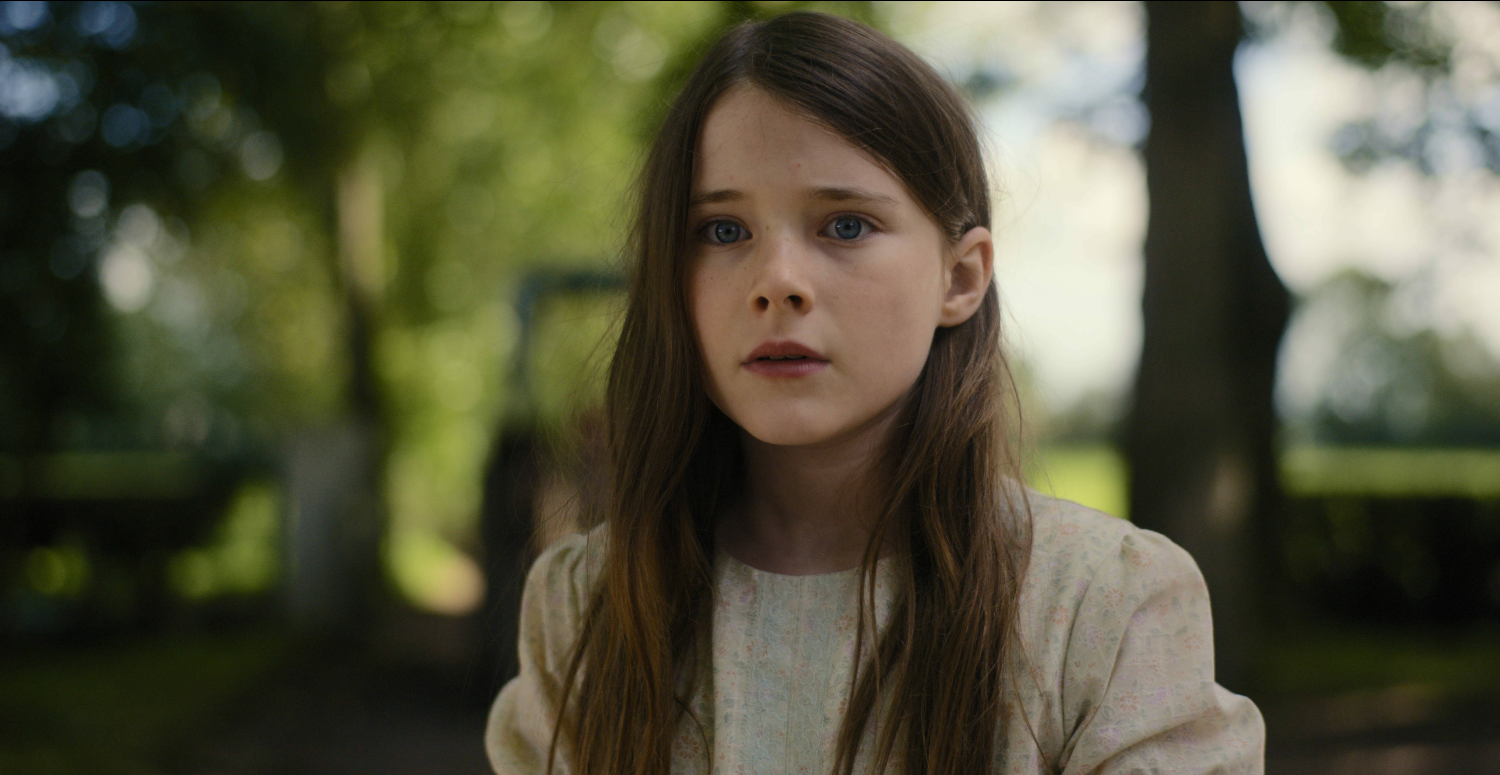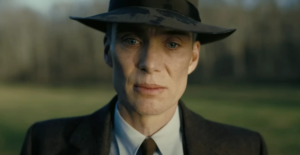The Quiet Girl
An Cailín Ciúin
Best Irish Film – Dublin
Audience Award – Dublin, Taipei, Valladolid
Best Film & Best Director – Ireland
Best Lead Actress & Rising Star Award – Ireland
Best Editing & Original Music – Ireland
Best Cinematography & Production Design – Ireland
2022/2023

FR EN
Une parenthèse enchantée dont on ne veut plus sortir… Voici comment pourrait se résumer l’histoire de Cáit, jeune héroïne de « The Quiet Girl », premier long-métrage réalisé par le prometteur Colm Bairéad et nominé dans la catégorie « meilleur film international » aux derniers Oscars. Plongée dans une Irlande rurale du début des années 1980, l’intrigue nous invite dans la vie d’une enfant triste, isolée et silencieuse, presque jetée et oubliée par ses parents négligents dans la ferme d’Eibhlín et Seán. Se noue alors une relation de plus en plus fusionnelle entre le couple et Cáit.
Déjà fort de ses rares mais justes répliques et de ses longs mais nécessaires silences, « An Cailín Ciúin » émeut par la puissance de l’interprétation de ses personnages, à commencer par l’authentique et touchante Cáit (Catherine Clinch), sans oublier la douce et mélancolique Eibhlín (Carrie Crowley) et le taciturne et distant Seán (Andrew Bennett). Le long-métrage est de plus construit à partir du jeune regard de Cáit, avec quelques incompréhensions, interrogations et rêveries candides propres à l’enfance. On ne comprend ainsi l’intrigue et ses enjeux que peu à peu, par les bribes de dialogue et les comportements auxquels assiste la fillette.
Visuellement, « The Quiet Girl » est d’une contemplation enchanteresse, avec d’une part un format 4:3 qui s’apparente à une succession de souvenirs, d’autre part une superbe photographie (signée Kate McCullough) qui entremêle simplicité, un jeu de couleurs qui coïncide avec les émotions ambiantes et des portraits soulignant la profondeur des personnages. Le rythme du film est volontairement lent, sans en faire trop, laissant ainsi place à l’évolution de Cáit dans un environnement où elle finit par s’épanouir et épanouir ses parents d’une saison.
Car le long-métrage traite de l’amour dont a besoin Cáit et qu’elle peut donner en retour, un amour dont elle manque cruellement chez elle. Chez Seán et Eibhlín, elle le trouve : elle s’ouvre peu à peu et parle de plus en plus – parce qu’on lui donne la parole et on l’écoute. « An Cailín Ciúin » est d’ailleurs un film tourné majoritairement en gaélique irlandais, langue celtique aujourd’hui en déperdition mais dont les sonorités s’insèrent parfaitement dans le climat doux-amer de l’histoire. Une belle histoire dont on espère qu’elle se termine tendrement et dont la scène finale attriste et réconforte…
Axel Chevalier
An enchanted interlude you don’t ever wish to leave… This is how the story of Cáit, the young heroine of “The Quiet Girl”, the first feature film directed by the promising Colm Bairéad and nominated for Best International Film in the last Oscars, could be summarized. Set in rural Ireland in the early 1980s, the plot invites us into the life of a sad, isolated and silent child, almost discarded and forgotten by her neglectful parents on the farm of Eibhlín and Seán. The relationship between the couple and Cáit becomes more and more intimate.
“An Cailín Ciúin” moves you not only with its rare but fitting lines of dialogue and its long but necessary silences, but also by the power of its characters’ performances. That starts with the authentic and touching Cáit (Catherine Clinch), without forgetting the sweet and melancholic Eibhlín (Carrie Crowley) and the taciturn and distant Seán (Andrew Bennett). It is also built from the young eyes of Cáit, with some misunderstandings, questions and candid reveries typical of childhood. One understands the plot and its stakes only little by little, by the snatches of dialogue and behaviors to which the girl attends.
Visually, “The Quiet Girl” is enchantingly contemplative, with a 4:3 aspect ratio that resembles a succession of memories, and superb cinematography (by Kate McCullough) that blends simplicity, a set of colors that match the ambient emotions, and portraits that emphasize the depth of the characters. The pace of the film is deliberately slow, without overdoing it, leaving room for the evolution of Cáit in an environment where she ends up blossoming and blossoming her parents of a season.
The film is about the love that Cáit needs and can give in return, a love that she sorely lacks at home. In Seán and Eibhlín, she finds it: she opens up little by little and speaks more and more – because she is given a voice and is listened to. “An Cailín Ciúin” is a film shot mostly in Irish Gaelic, a Celtic language now in decline, but whose sounds fit perfectly into the bittersweet atmosphere of the story. A beautiful story which we hope will end tenderly and whose final scene is both sad and comforting…
Axel Chevalier

